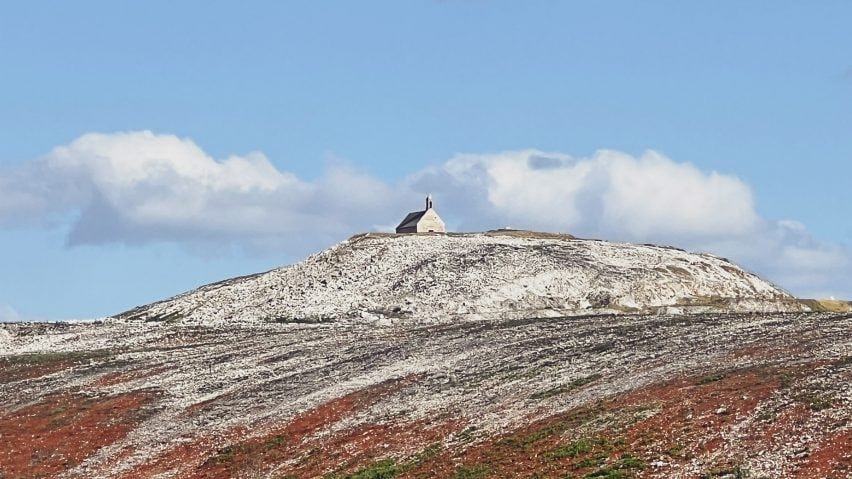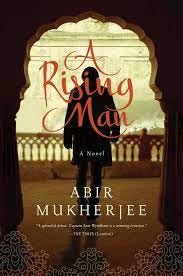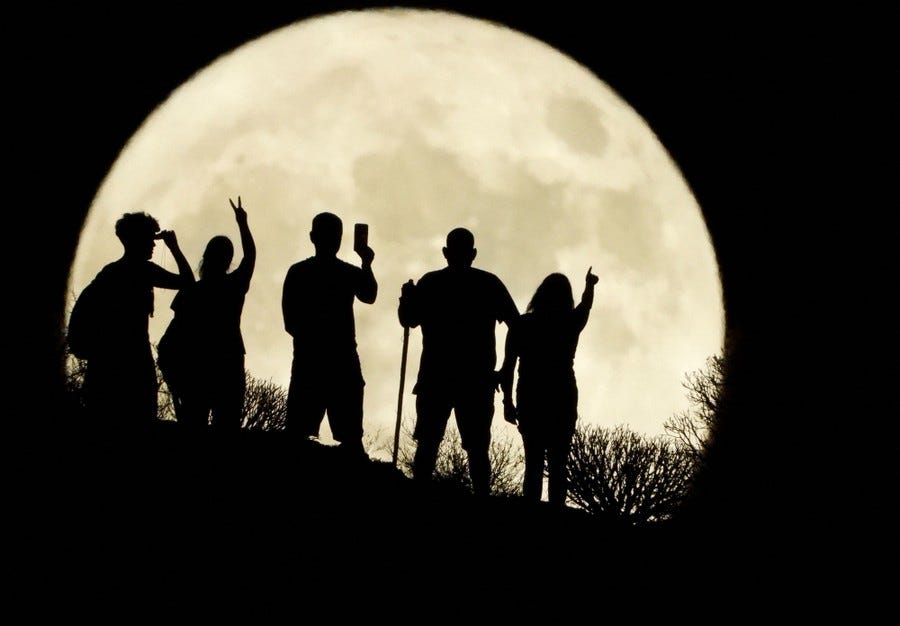
What if Your Home Was the Battery?
Tesla’s Powerwall, a boxy, wall-mounted, lithium-ion battery, can power your home for half a day or so. But what if your home was the battery?
Researchers have come up with a new way to store electricity in cement, using cheap and abundant materials. If scaled up, the cement could hold enough energy in a home’s concrete foundation to fulfill its daily power needs. Scaled up further, electrified roadways could power electric cars as they drive. And if scientists can find a way to do this all cheaply the advance might offer a nearly limitless capacity for storing energy from intermittent renewable sources, such as solar and wind.
As despairing as I can be about the future when I read this I think the future is pretty exciting.
Diet and the Sometimes Magical World of Nutrition
One of the wonders of medicine is that we can transplant organs, replace valves and repair broken bones. We can successfully treat people with type 1 and type 2 diabetes and different types of cancer. We can successfully treat people with bacterial and viral infections. But what the medical community has not been able to do is agree on what constitutes a healthy diet. That seems incredible that with all the advances in medicine that diet is such a battlefield of contrary information. Why can’t the medical community agree on what constitutes a healthy diet? And what do we know absolutely?
Peter Attia MD in a talk with Sam Harris says that there are 3 facts about nutrition that we know that are absolute. Just three.
We know that too much nutrition and too little nutrition is problematic. But the time table for each is different. Too much nutrition is a chronic problem(obesity) whereas too little nutrition is an acute problem (scurvy, rickets, iron deficiency).
We know that there are certain amino acids and fatty acids that we need to have in our diet to survive, and there are certain nutrients that we need to consume in our diet to be able to survive.
There are certain substances that are toxic to us acutely. E Coli in our food is problematic. Arsenic is poisonous.
And that is it.
One of the reasons that it has been hard to agree on what our body needs to live a healthy life is that what goes in our body gets squashed and the output is murky and may not tell us everything we need to know.
How much protein should we be eating in a day? Currently, the research says quite a bit. Also the research supports the theory that we need fat in our diet to survive. But is all fat equal? The research says that olive oil is good for you but avoid canola oil and other seed oils. And though sugar is essential for life, we consume much more than what we need.
What I have said above is based on current research. But if you have been around as long as I have, you probably remember the low-fat, no fat craze that has now been proven to be not good for you. Margarine is better than butter. Not so. A well respected scientist Linus Pauling believed that everyone should be taking high doses of vitamin C as the cure for almost everything. No salt if you suffer from High Blood Pressure, but if you drink a glass of water while consuming food with salt your blood pressure won’t raise that much.
But 10 years from now will I be writing about how wrong I was about the evils of sugar? What we know now is that there is a big different between how sucrose and fructose are metabolized in the body and that fructose currently is thought to be much more damaging. But maybe there are nuances in how sucrose and fructose function in the body that are yet to be discovered.
If you are like me, you would like to have a long healthspan. Do you just roll with the research and try to stay in line with that? I still struggle with that. I usually have the research in the back of my mind but I try to pay attention to what aggravates my stomach and dampens my energy. Based on that, I am the final arbiter of what I eat.
A good test when reading the news is to constantly ask, “Will I still care about this story in a year? Two years? Five years?
—Morgan Housel

Utter Simplicity
Originally built at the end of the 17th century, the chapel is a modest building without lighting or electricity, perched on top of a prominent hill that rises above the surrounding moorland.
Working in collaboration with local artisans, he used a trinity of roughly-hewn materials – granite, steel and glass – that would stand the test of time while reflecting the building's rugged rural location. Heavy enough not to be moved, sturdy enough not to be damaged, rough enough not to require cleaning, the elements that Ronan Bouroullec has placed in the chapel must succeed, despite or because of these characteristics, in creating a sensory experience.
- Martin Bethenod, former CEO of Pinault's Bourse de Commerce museum
There are two types of people: Those who want to know more and those who want to defend what they already know.
-Morgan Housel
Lessons from Steve Jobs
Simplify
During the design of the iPod interface, Jobs tried at every meeting to find ways to cut clutter. He insisted on being able to get to whatever he wanted in three clicks. One navigation screen, for example, asked users whether they wanted to search by song, album, or artist. “Why do we need that screen?” Jobs demanded. The designers realized they didn’t. “There would be times when we’d rack our brains on a user interface problem, and he would go, ‘Did you think of this?’” says Tony Fadell, who led the iPod team. “And then we’d all go, ‘Holy shit.’ He’d redefine the problem or approach, and our little problem would go away.” At one point Jobs made the simplest of all suggestions: Let’s get rid of the on/off button. At first the team members were taken aback, but then they realized the button was unnecessary. The device would gradually power down if it wasn’t being used and would spring to life when reengaged.
Likewise, when Jobs was shown a cluttered set of proposed navigation screens for iDVD, which allowed users to burn video onto a disk, he jumped up and drew a simple rectangle on a whiteboard. “Here’s the new application,” he said. “It’s got one window. You drag your video into the window. Then you click the button that says ‘Burn.’ That’s it. That’s what we’re going to make.”
Don’t Be a Slave To Focus Groups
When Jobs took his original Macintosh team on its first retreat, one member asked whether they should do some market research to see what customers wanted. “No,” Jobs replied, “because customers don’t know what they want until we’ve shown them.” He invoked Henry Ford’s line “If I’d asked customers what they wanted, they would have told me, ‘A faster horse!’”
Bend Reality
One day Jobs marched into the cubicle of Larry Kenyon, the engineer who was working on the Macintosh operating system, and complained that it was taking too long to boot up. Kenyon started to explain why reducing the boot-up time wasn’t possible, but Jobs cut him off. “If it would save a person’s life, could you find a way to shave 10 seconds off the boot time?” he asked. Kenyon allowed that he probably could. Jobs went to a whiteboard and showed that if five million people were using the Mac and it took 10 seconds extra to turn it on every day, that added up to 300 million or so hours a year—the equivalent of at least 100 lifetimes a year. After a few weeks Kenyon had the machine booting up 28 seconds faster.
Push for Perfection
A similar thing happened as Jobs and Ive were finishing the iPad. At one point Jobs looked at the model and felt slightly dissatisfied. It didn’t seem casual and friendly enough to scoop up and whisk away. They needed to signal that you could grab it with one hand, on impulse. They decided that the bottom edge should be slightly rounded, so that a user would feel comfortable just snatching it up rather than lifting it carefully. That meant engineering had to design the necessary connection ports and buttons in a thin, simple lip that sloped away gently underneath. Jobs delayed the product until the change could be made.
From Walter Isaacson
On the back cover of the final issue of whole Earth Catalog was a photograph of an early morning country road, the kind you might find yourself hitchhiking on if you were so adventurous. Beneath it were the words: ‘Stay Hungry. Stay Foolish.’” Jobs stayed hungry and foolish throughout his career by making sure that the business and engineering aspect of his personality was always complemented by a hippie nonconformist side from his days as an artistic, acid-dropping, enlightenment-seeking rebel. In every aspect of his life—the women he dated, the way he dealt with his cancer diagnosis, the way he ran his business—his behavior reflected the contradictions, confluence, and eventual synthesis of all these varying strands.
-Walter Isaacson, the CEO of the Aspen Institute, is the author of Steve Jobs and of biographies of Henry Kissinger, Benjamin Franklin, and Albert Einstein.
From Harvard Business Review, The Real Leadership Lessons of Steve Jobs
A Great Read
One of the reasons that this newsletter is a little late is that I could not put down this book.
A Rising Man
by Abir Mukherjee
Based in Calcutta after WWI, it tells the story of an English policeman navigating restless Bengals and disillusioned Brits and Scots to solve the murder of a fellow Scot. It is rich in period detail and the characters are fascinating.
Have a great weekend.







